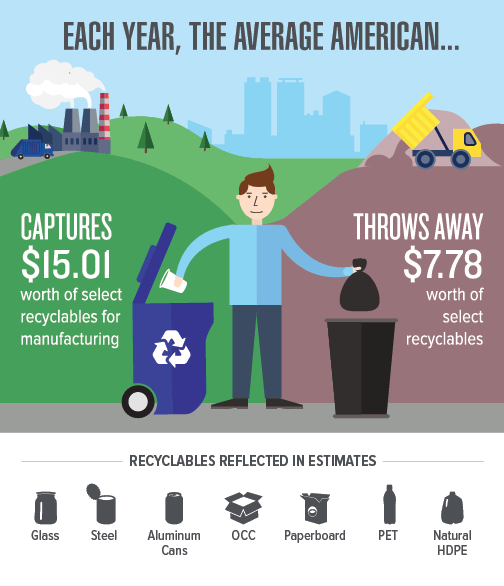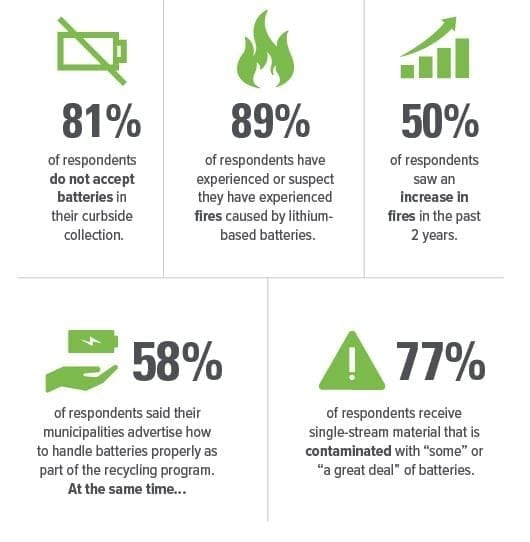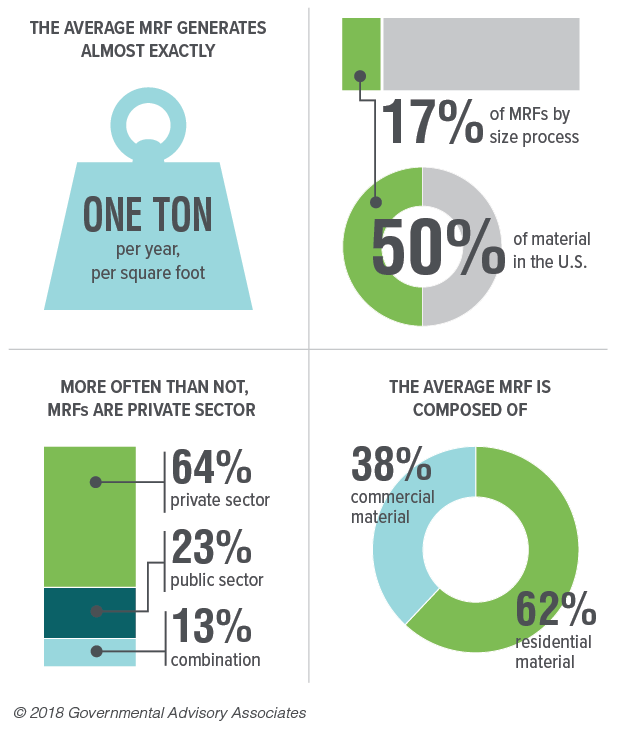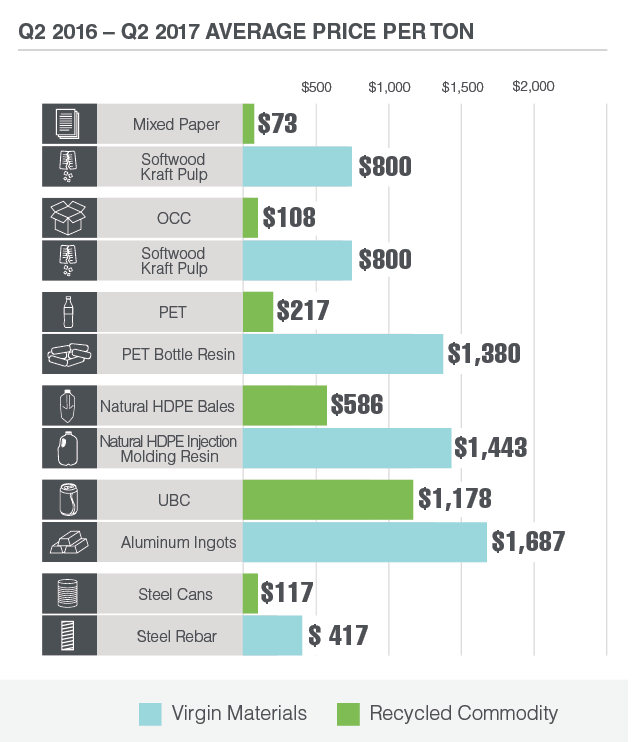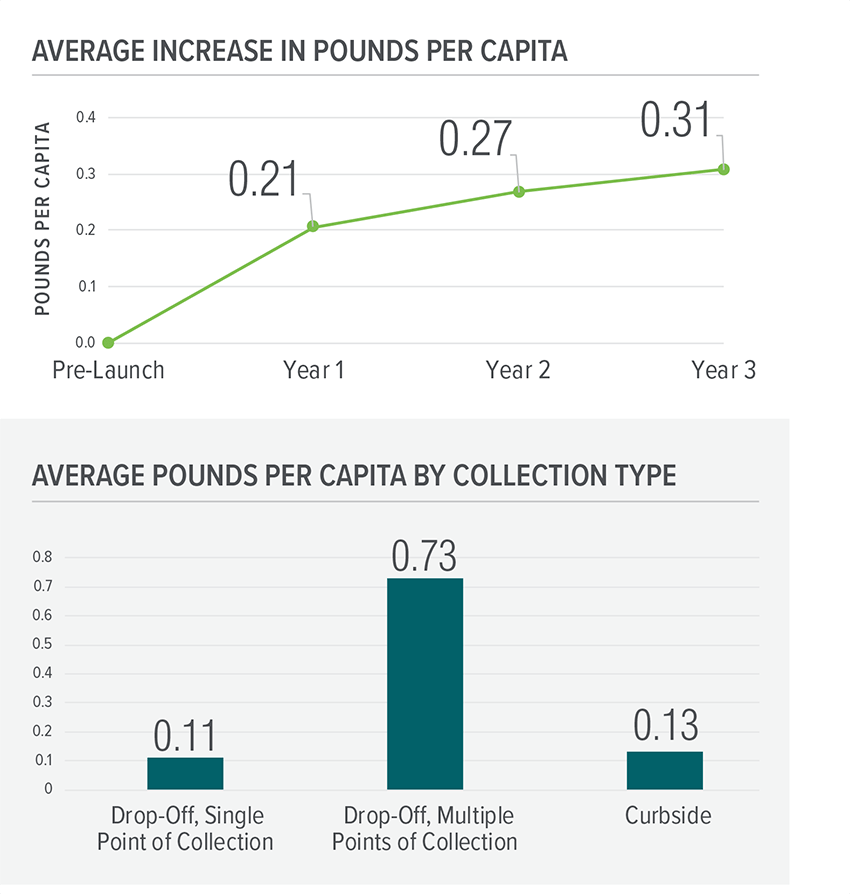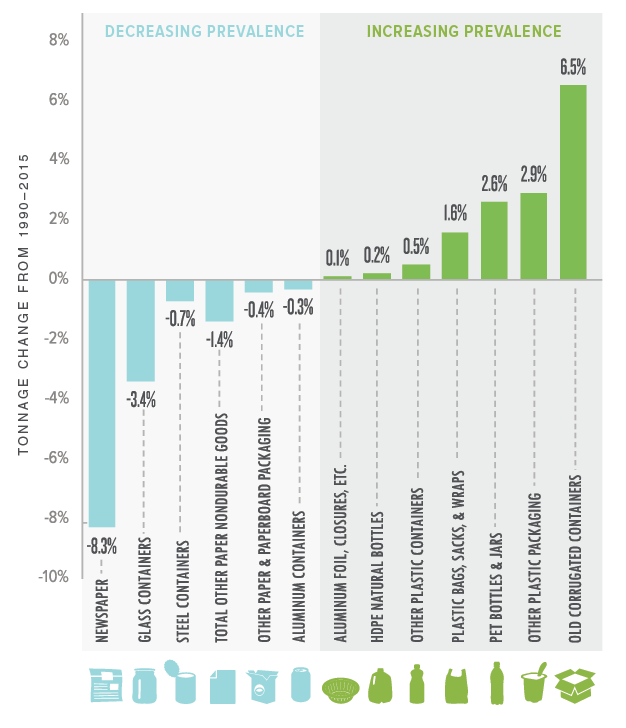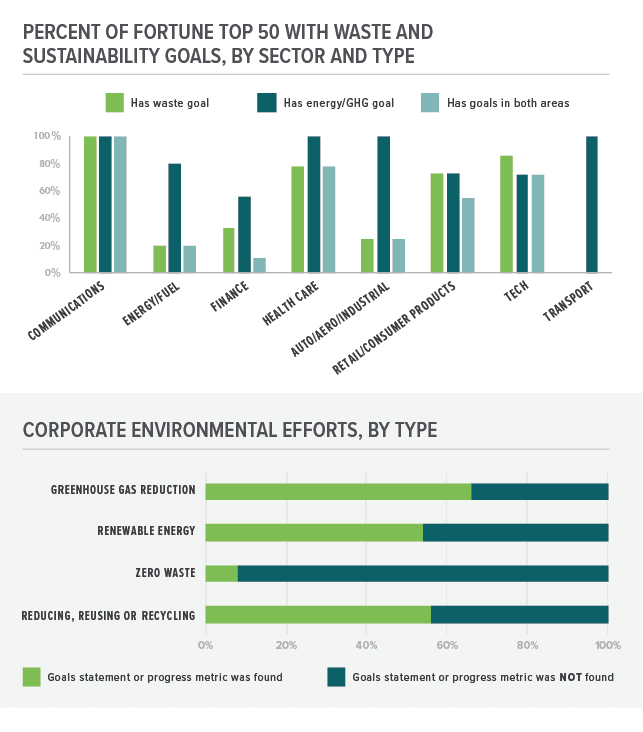RRS recently worked with the Washington, D.C. Department of Public Works to research the feasibility of adding curbside compost collection to the municipality’s existing recycling program and identified several economic and environmental benefits.
High participation could be expected if carts were deployed universally, education materials were provided with the cart, and residents were given financial incentivizes to divert waste via a pay-as-you-throw or rewards program.
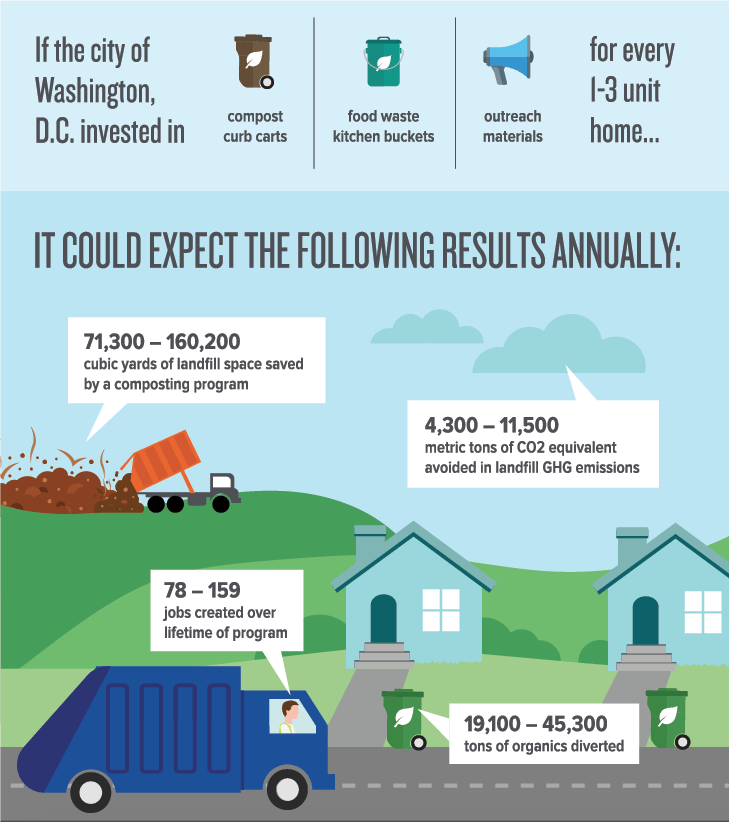
Data Corner is compiled monthly by recycling consultancy RRS.
This article originally appeared in the January 2018 issue of Resource Recycling. Subscribe today for access to all print content.




